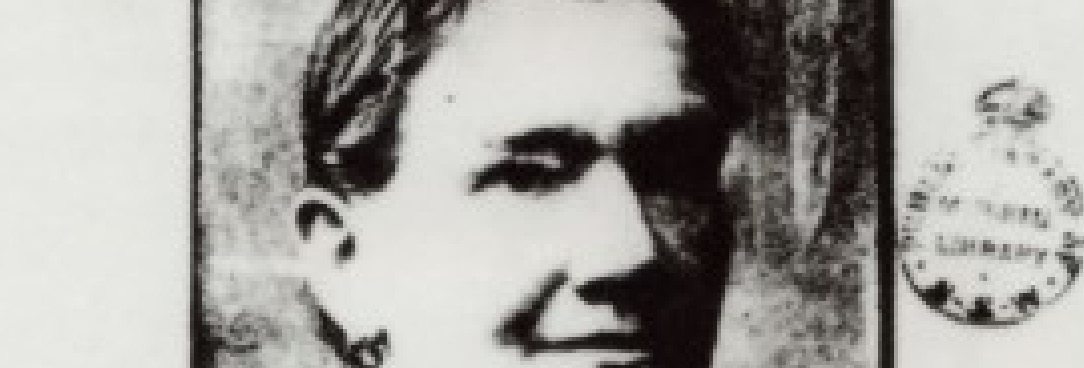Author: Helen D Harris OAM
Professional Genealogist and Historian
Brettena Smyth was a feminist freethinker, author, lecturer, suffragist and women’s health reform campaigner. She was also a vocal supporter of the 1891 Women's Suffrage Petition, an important public record now on display from October 2014 at the Museum of Democracy at Eureka.

Prominent activist Brettena Smyth was a suffragette and championed right
In 1873 Brettena Smyth, a recently-widowed mother of four children, closed the family greengrocery in Errol Street, North Melbourne. Instead, she opened a drapery and druggist's shop, which became a landmark in the struggle for women’s rights. The shop was a venue for meetings of the Australian Women's Suffrage Society in the 1880s–90s and, more controversially, the source of birth control advice and ‘preventives’ for Melbourne women.
At Six Foot Tall Smyth Was Recognisable
Smyth became one of Melbourne’s most prominent activists in the feminist cause; at almost six feet tall, she was also the most recognisable. A member of the first Australian suffrage organization, Victorian Women's Suffrage Society, she left that organization in 1888 to found the Australian Women's Suffrage Society, after some members found her ideas on birth control objectionable. Smyth recognised that access to artificial contraception, which could be ‘used without the knowledge of the husband’, was as liberating as the power of the vote.
Brettena Smyth died in 1898; her organization did not long survive her. Others groups, such as the Victorian Women's Franchise League (backed by the Women’s Christian Temperance Union) and Vida Goldstein’s United Council for Women's Suffrage, took the suffrage campaign into the twentieth century.
The 1891 Women's Suffrage Petition is a treasure in the Public Record Office Victoria Collection.
Material in the Public Record Office Victoria archival collection contains words and descriptions that reflect attitudes and government policies at different times which may be insensitive and upsetting
Aboriginal and Torres Strait Islander Peoples should be aware the collection and website may contain images, voices and names of deceased persons.
PROV provides advice to researchers wishing to access, publish or re-use records about Aboriginal Peoples
